The Castrovirreyna Project is in the Huancavelica region of Central Peru. It consists of three mineral concession blocks hosting silver-rich, polymetallic veins and gold-rich breccias The Castrovirreyna Project remains underexplored. AgMR plans to re-start production at the Reliquias underground mine and aggressively explore this highly prospective silver camp, where it owns a 2,000 tpd processing plant and an operating tailings dam with enough capacity for at least 2 years at maximum throughput.






























PROJECTS SUMMARY
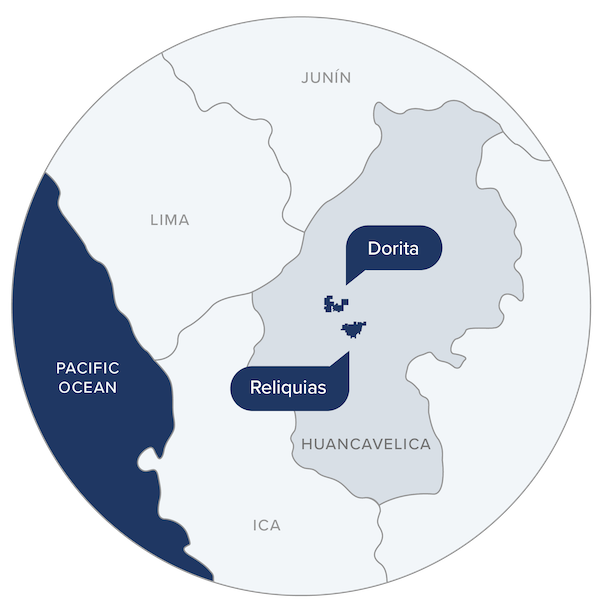
RELIQUIAS PROPERTY
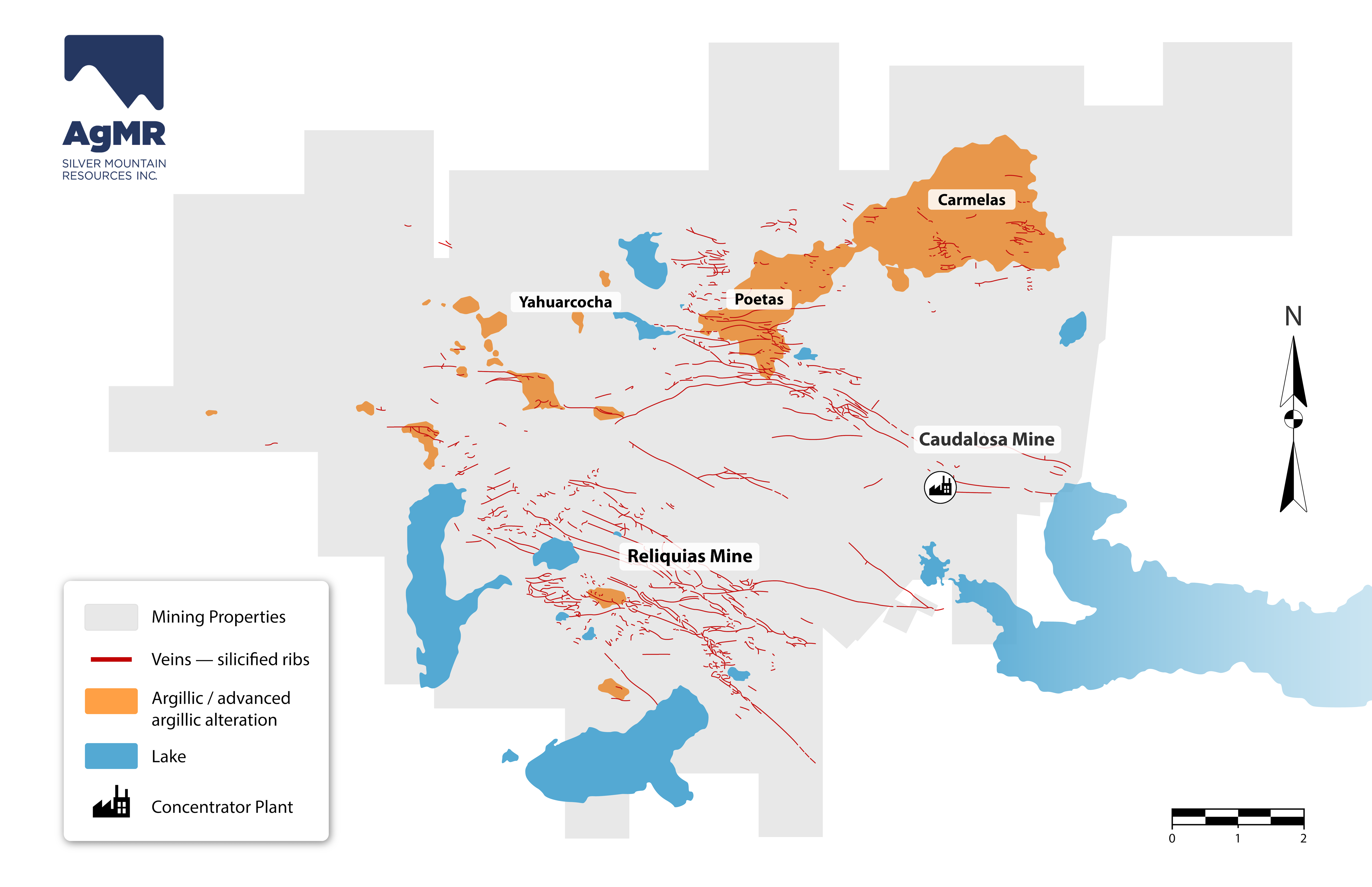
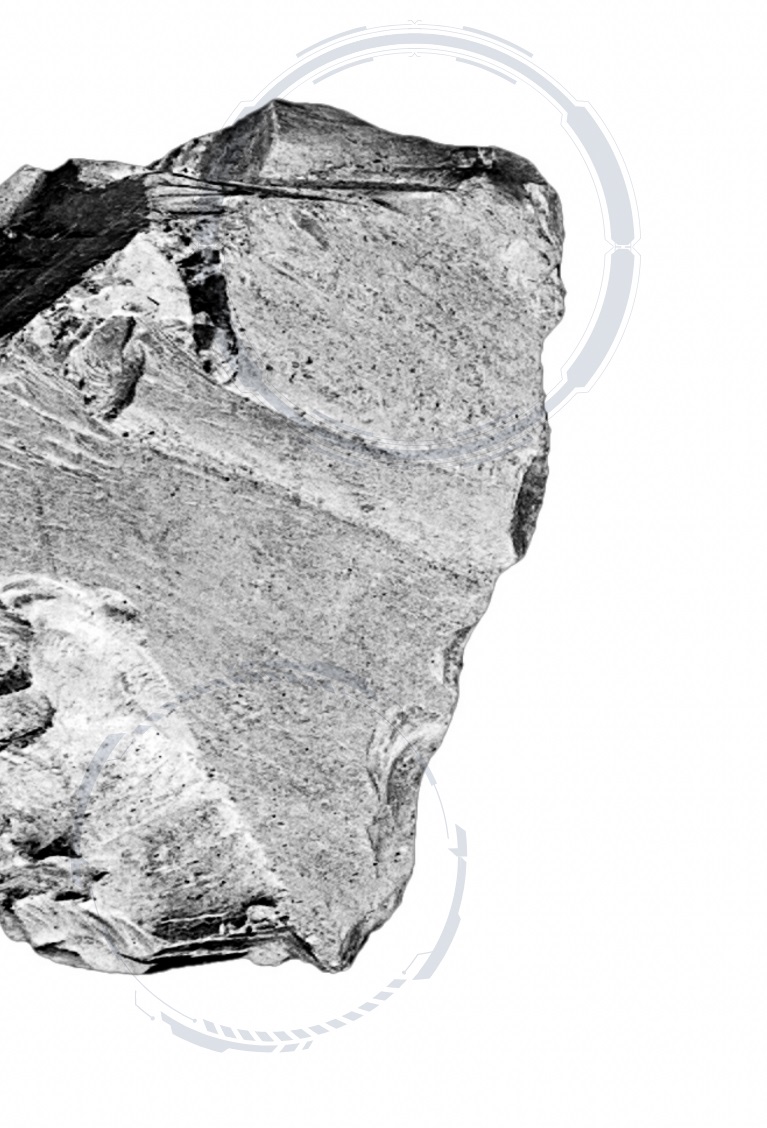
Reliquias Underground
Potential mineral resources distributed over 10 veins
Excepteur sint occaecat cupidatat non proident, sunt in culpa qui officia deserunt mollit anim.
Excellent mineral upside and life of mine potential
Sed ut perspiciatis unde omnis iste natus error sit voluptatem accusantium doloremque laudantium, totam rem aperiam.
Reliquias Surface
Potential to add mineral resources at surface for an open-pit mining scenario
Lorem ipsum dolor sit amet, consectetur adipiscing elit, sed do eiusmod tempor incididunt ut labore et dolore magna aliqua.
Caudalosa – Poetas corridor
About 3.5 strike-length mineralized corridor with at least six veins with silver-rich historic mineral resources
Lorem ipsum dolor sit amet, consectetur adipiscing elit, sed do eiusmod tempor incididunt ut labore et dolore magna aliqua.
High-grades extends to Poetas mineralized target and towards the bonanza and Yahuarcocha targets.
Lorem ipsum dolor sit amet, consectetur adipiscing elit, sed do eiusmod tempor incididunt ut labore et dolore magna aliqua.
GEOLOGY
Primary lithologies in the Reliquias block of properties are volcanic and intrusive rocks of the Caudalosa and Castrovirreyna Formations. Rock types include andesite lava flows and tuffs, and intermediate to felsic composition domes. Alluvial and colluvial deposits and wetlands overlay the rock formations.
SILVER MINERALIZATION
Three mineralizing events are interpreted for the Reliquias block:
Emplacement of felsic dome complexes
Generated epithermal alteration in the volcanic sequences, with a core of siliceous alteration, transitioning outward to advanced argillic, argillic and propylitic alteration zones.
The intensity and spatial distribution of the epithermal alteration are controlled by the size of each felsic dome.
Intermediate sulphidation polymetallic veins
Occur peripheral to, or occasionally within, the epithermal alteration zones. Primary controls are local and regional faults and fracture zones.
Mineralized breccias
Late quartz-alunite, quartz-tourmaline or quartz-enargitetetrahedrite breccias, some of which host significant gold anomalies coincident with high-grade silver.
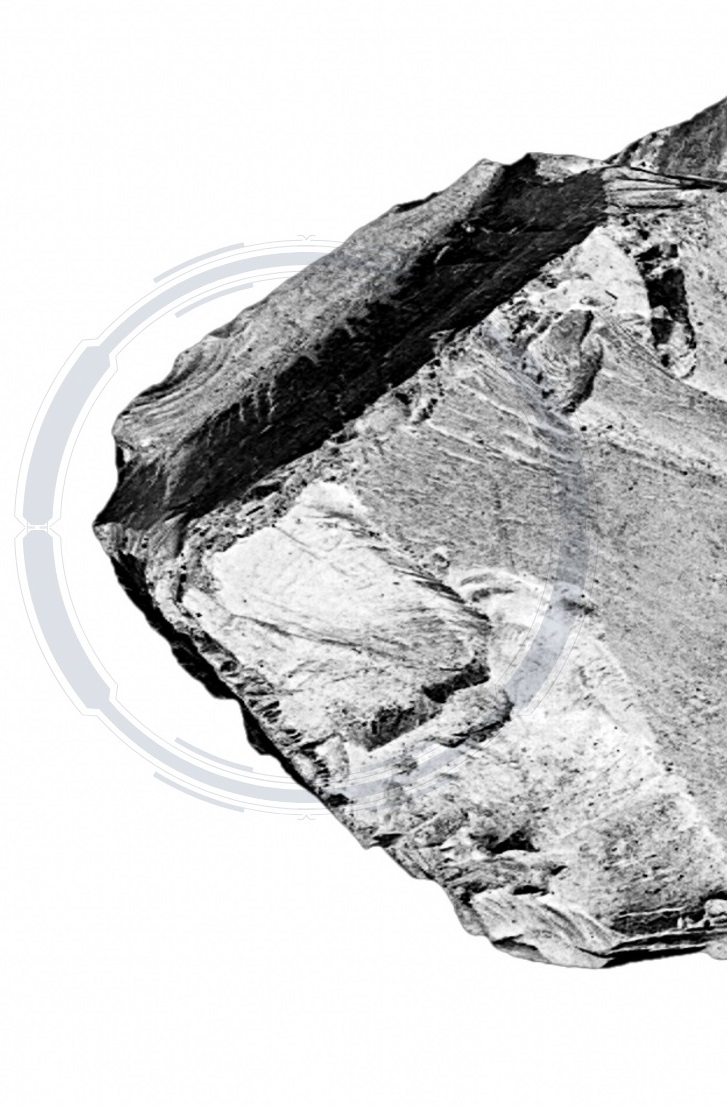
RELIQUIAS UG MINE
MAIN VEINS
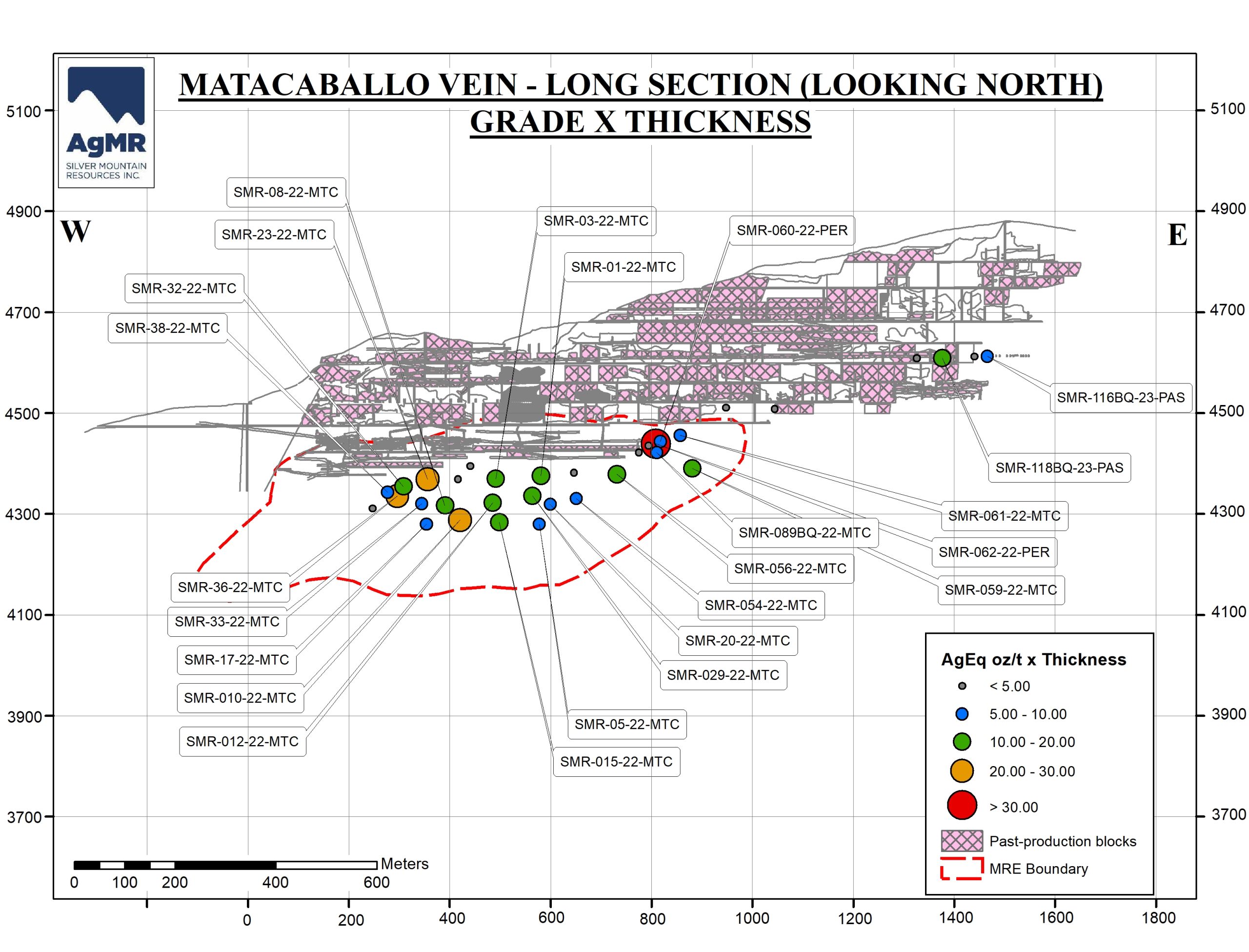
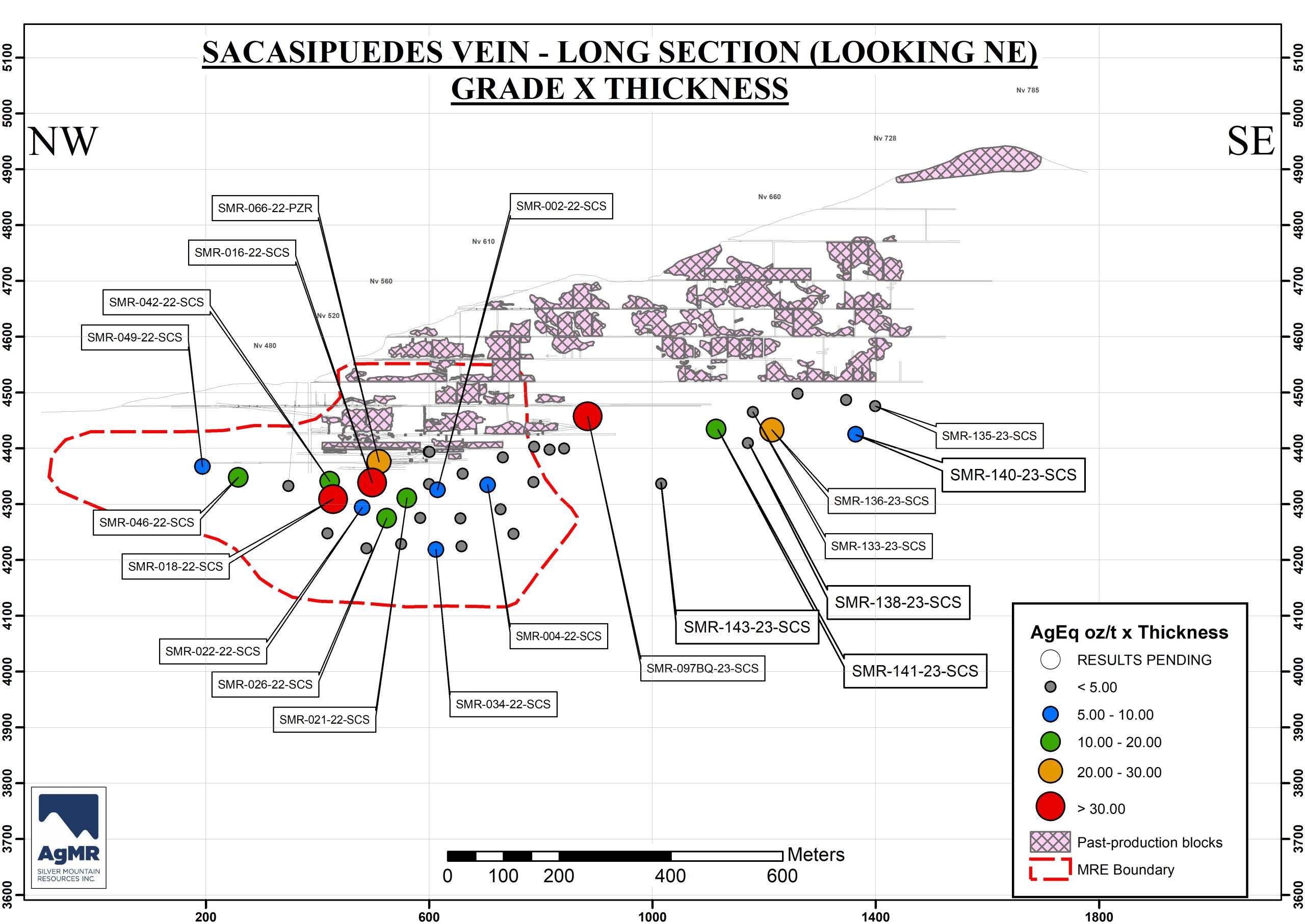
DORITA PROPERTY
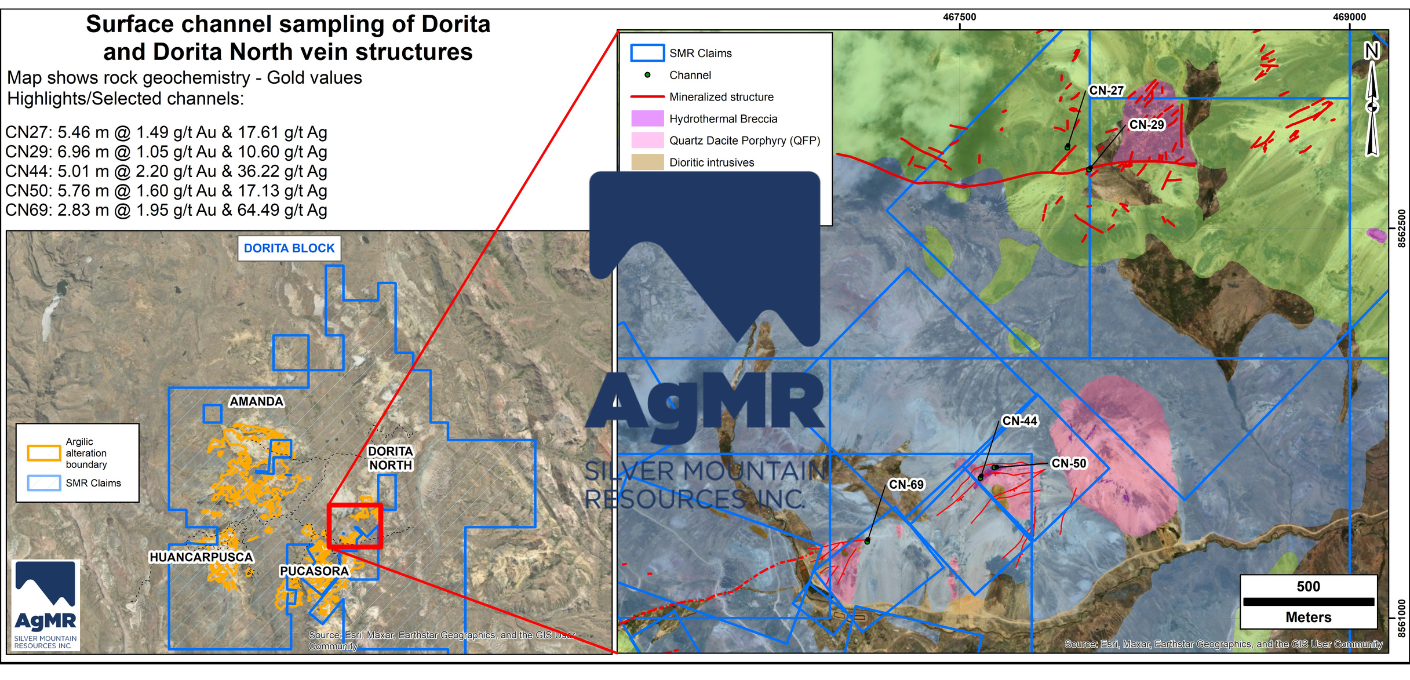
Major high-sulfidation epithermal targets with Ag, Au and polymetallic concentrations in silicified-oxidized structures
GEOLOGY
Primary lithologies in the Reliquias block of properties are volcanic and intrusive rocks of the Caudalosa and Castrovirreyna Formations. Rock types include andesite lava flows and tuffs, and intermediate to felsic composition domes.
SILVER MINERALIZATION
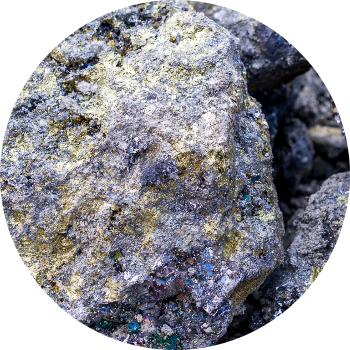
High-sulphidation
epithermal
Breccia and vein systems hosted in volcanic and volcano clastic rocks of the Caudalosa and Castrovirreyna Formations. Veins are massive/granular grayish silica with crustiform banded textures with consistent high silver/gold geochemical anomalies.
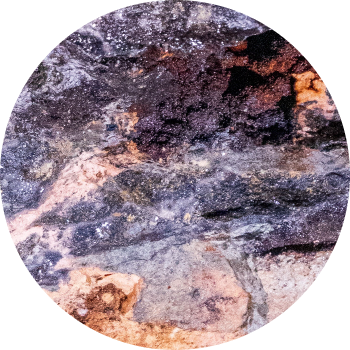
Polymetallic
veins
Associated with east-west and northwest-southeast trending fault zones. Veins show banded and brecciated crustiform quartz textures and appear to transition from high to intermediate sulphidation. Silver-rich polymetallic vein were exploited in the past at Dorita underground mine.
GREENFIELDS PROPERTY
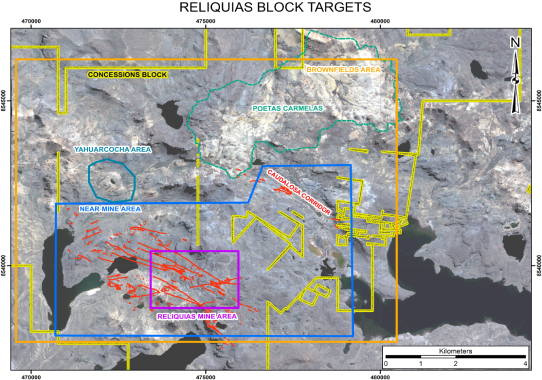
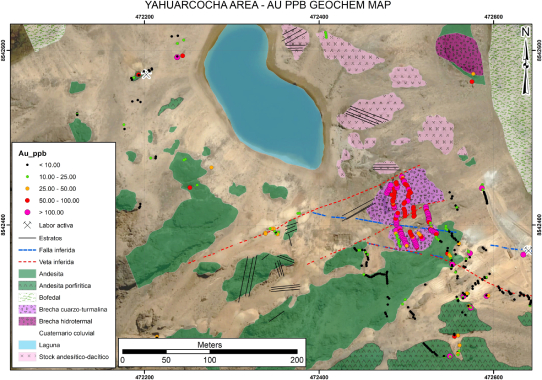
GREENFIELDS OPPORTUNITIES
BEYOND THE RELIQUIAS MINE
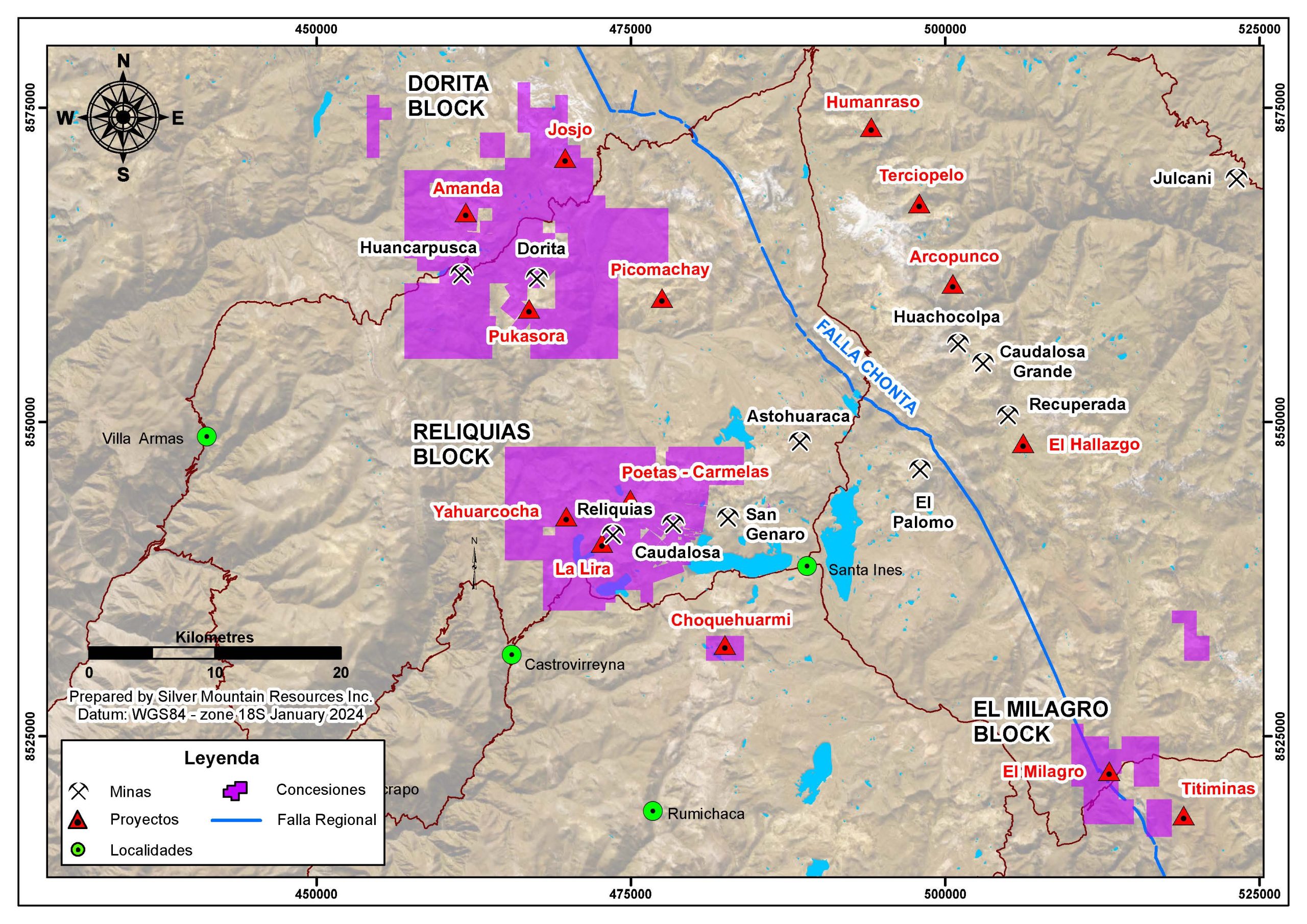
AgMR is developing and exploring the Reliquias deposit in Central Peru. AgMR is projecting to commence operations at the Reliquias mine in the first half of 2025, and the Company plans to advance several of the grassroots opportunities within the 60,000 hectares of mineral concessions it owns in one of the most prolific mineral belts in the world, within a mining-friendly jurisdiction.
Highlights of the Yahuarcocha Target
- Reliquias Block consists of over 20,000 hectares of highly prospective mineral concessions surrounding the Reliquias and Caudalosa mines
- Yahuarcocha is one of several epithermal high sulphidation targets identified to date within the Reliquias block
- Large hydrothermal tourmaline breccia at Yahuarcocha with significant gold and copper geochemical anomalies from channel sampling across the 100 metre diameter breccia body
- Potential for copper porphyry targets at depth
- Several breccia events identified to date
- High grade sulfide veins immediately to the south of the hydrothermal breccia
A PREMIER LOCATION AND
A PREMIER OPPORTUNITY
- Major land package in Central Peru, a mature mining jurisdiction
- Excellent infrastructure, next to paved roads and existing power lines
- Clear pathway for exploration success and development either as brownfields for the Reliquias mine or as standalone projects
- Substantial dataset with historic and current mapping and geochemical results
YAHUARCOCHA TARGET
- Large hydrothermal breccia body with quartz-sulphide+/-tourmaline matrix
- Alunite-pyrophyllite alteration indicates higher temperature conditions, possibly closer to the system’s source
- High grade polymetallic veins currently being mined by artisanal miners - potential target at depth
- 100 metre diameter breccia pipe with multi-gram geochemical anomalies
- Easy access and gentle topography for future drilling
- Other breccia bodies have been found adjacent to the main breccia pipe, indicating a long-lived multiphase hydrothermal system
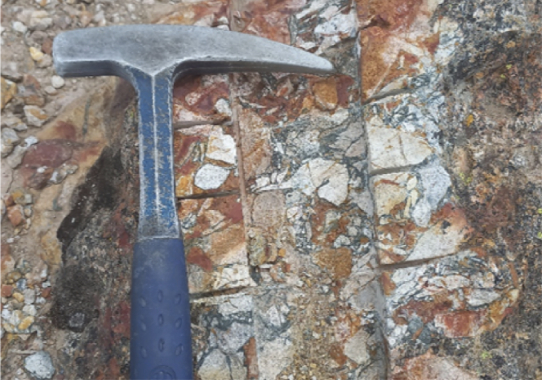
Yahuarcocha Breccia Pipe
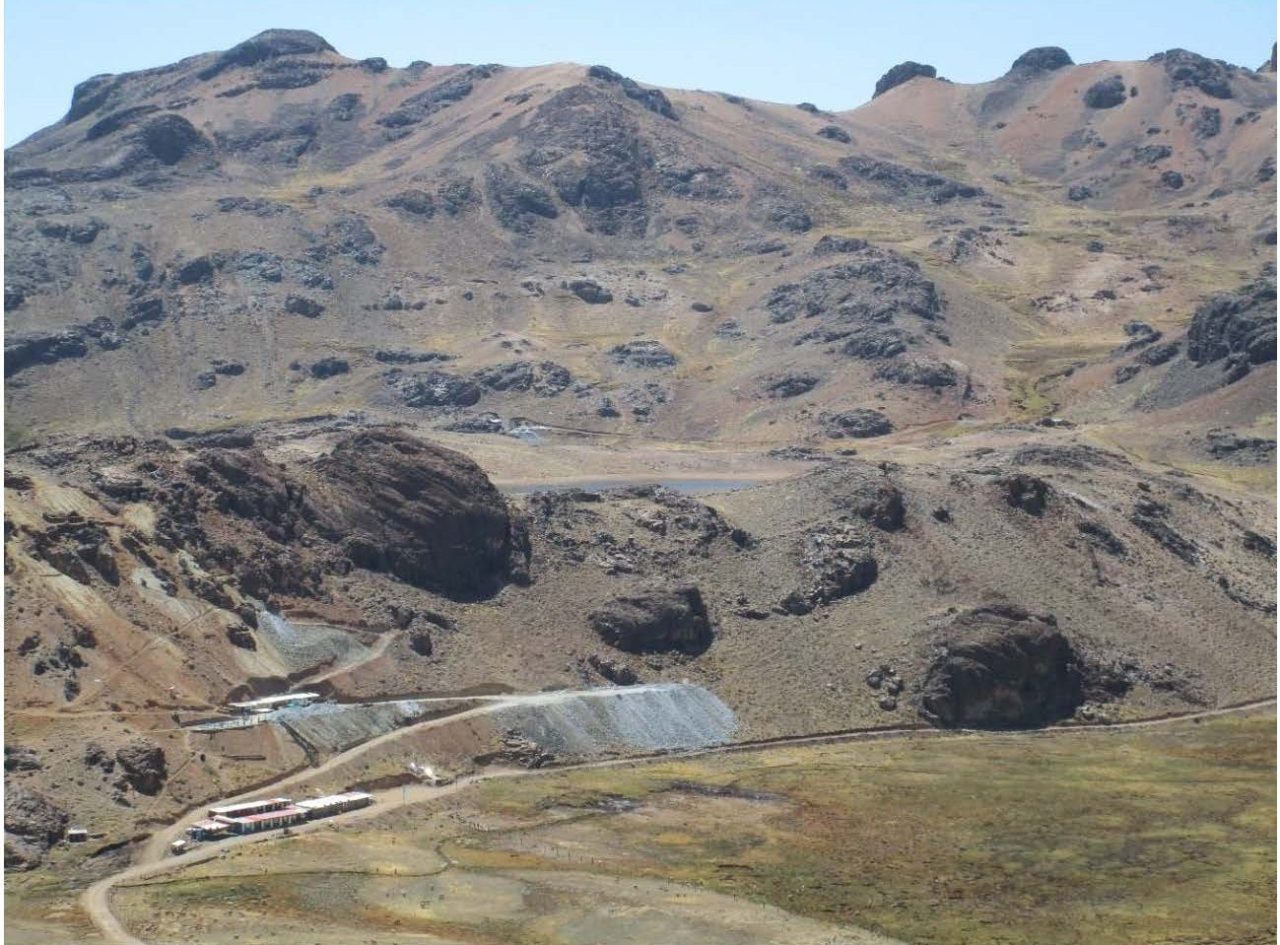
Yahuarcocha Target Panoramic View